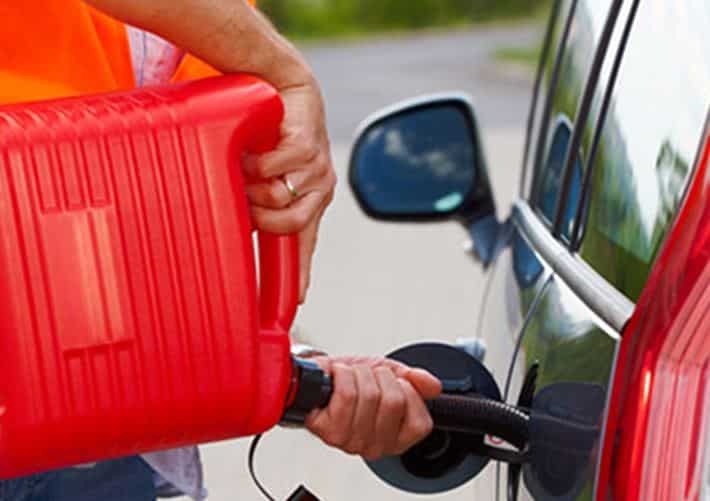
Long-Distance Towing: Tips for a Smooth Journey
Embarking on a long-distance towing journey requires careful planning and preparation to ensure a smooth and successful trip. Whether you’re moving to a new state or transporting vehicles or equipment for your business, following the right tips can make a significant difference in your long-distance towing experience. In this guide, we’ll provide you with essential tips to ensure your journey is safe and hassle-free.
1. Know Your Route
Before hitting the road, plan your route thoroughly. Use GPS navigation or a map to identify the best roads, highways, and rest stops along the way. Avoid routes with weight restrictions or other limitations that may not be suitable for towing.
2. Check Towing Capacity
Ensure that your towing vehicle is equipped to handle the weight of the load you’re towing. Refer to your vehicle’s owner’s manual and adhere to the recommended towing capacity to prevent strain on your engine and other mechanical issues.
3. Perform Vehicle Inspection
Inspect both your towing vehicle and the trailer or towed vehicle before departure. Check tire pressure, brakes, lights, and all connections. Address any issues promptly to avoid problems on the road.
4. Secure Your Load
Properly secure your load inside the trailer or on the towed vehicle. Use straps, ties, and fasteners to prevent shifting during transit. An unsecured load can affect the stability and handling of your setup.
5. Distribute Weight Evenly
Balance the weight of your load evenly to maintain stability. Proper weight distribution prevents excessive sway and makes towing more manageable. Adjust the load as needed to achieve the right balance.
6. Monitor Towing Speed
Adhere to posted speed limits and drive at a safe speed for towing conditions. Towing adds weight and changes your vehicle’s handling, so it’s essential to drive cautiously.
7. Take Breaks Regularly
Long-distance towing can be physically demanding. Take breaks at regular intervals to rest, stretch, and hydrate. Fatigue can compromise your ability to drive safely.
8. Carry Essential Tools
Pack a toolbox with essential tools and equipment for roadside emergencies. This should include tire-changing tools, a jack, jumper cables, and a spare tire. Be prepared for common issues that may arise during the journey.
9. Stay Informed About Weather Conditions
Check weather forecasts along your route and be prepared for changing weather conditions. Rain, snow, and strong winds can affect towing stability. Adjust your driving and route accordingly to stay safe.
10. Emergency Contacts
Have a list of emergency contacts readily available. Include contact information for towing services, roadside assistance, and your destination’s contacts in case you need assistance or encounter issues.
11. Follow Towing Laws and Regulations
Be aware of towing laws and regulations in the states or regions you’ll be traveling through. Different areas may have specific requirements and restrictions for towing.
12. Professional Towing Assistance
Consider enlisting the services of a professional towing company experienced in long-distance towing. They have the expertise, equipment, and resources to handle long journeys safely and efficiently.
By following these tips, you can ensure a smooth and safe long-distance towing experience. Whether you’re relocating, transporting vehicles for your business, or embarking on a long-haul journey, proper planning and preparation are key to a successful trip. Safe travels!
For professional long-distance towing services and expert assistance, contact Salt Lake City Towing at 801-701-1233. We’re here to provide reliable and efficient towing solutions for your long-distance journeys, ensuring your peace of mind on the road.
